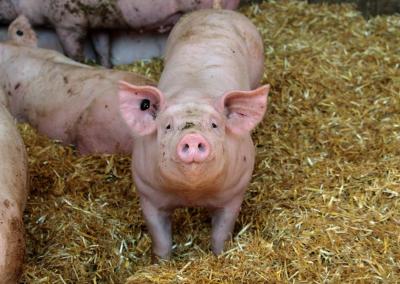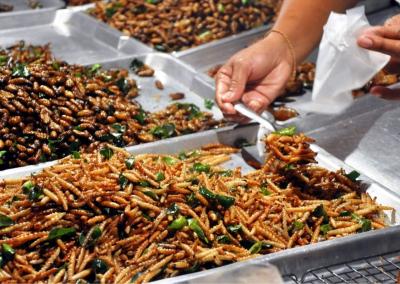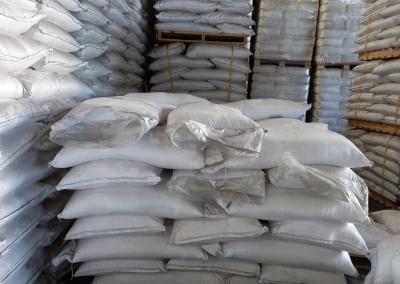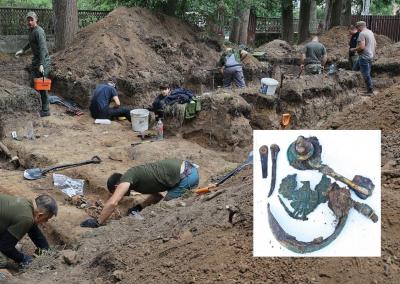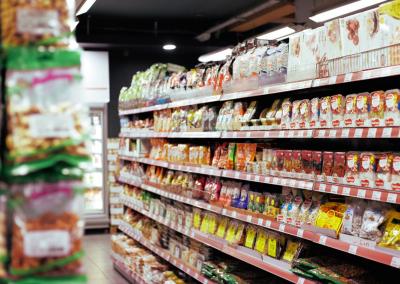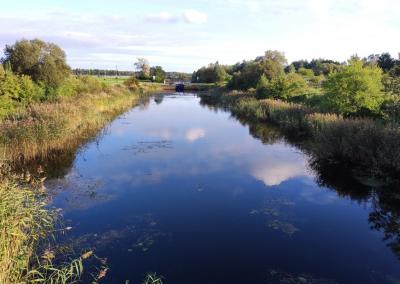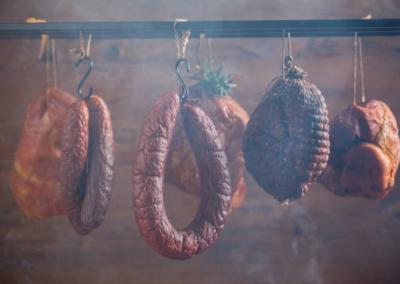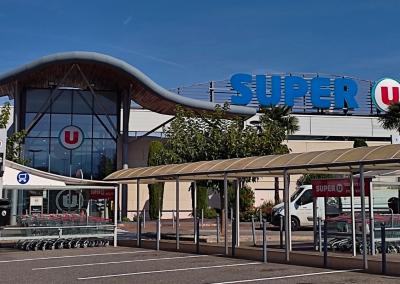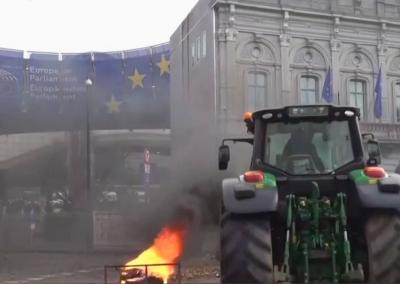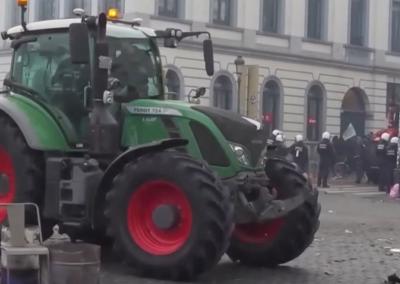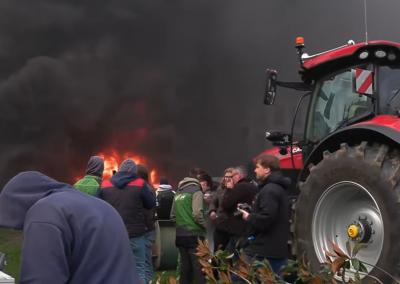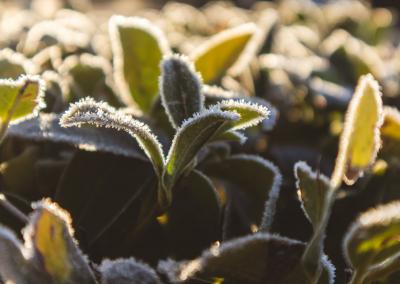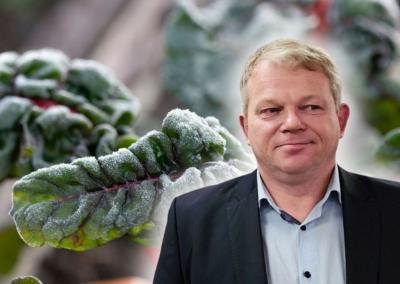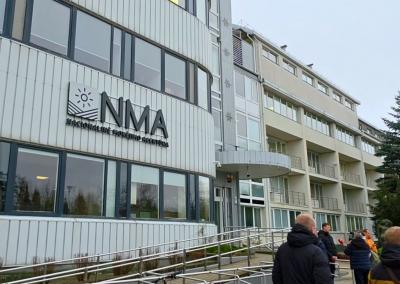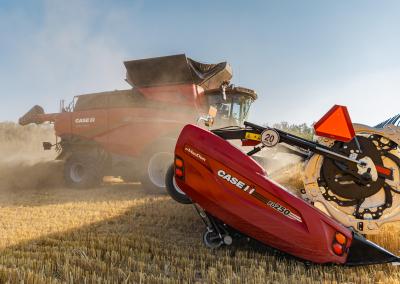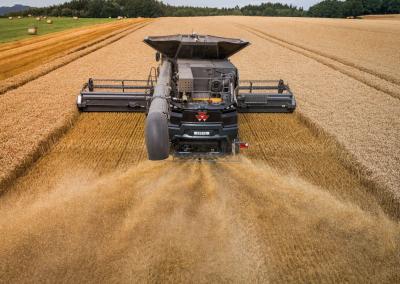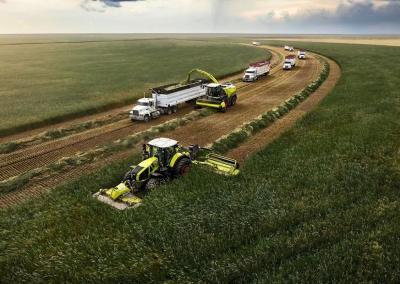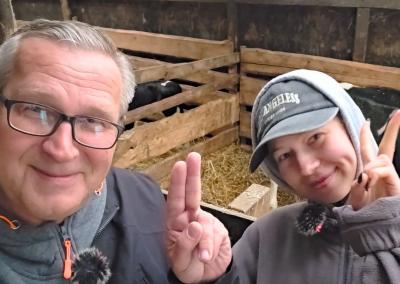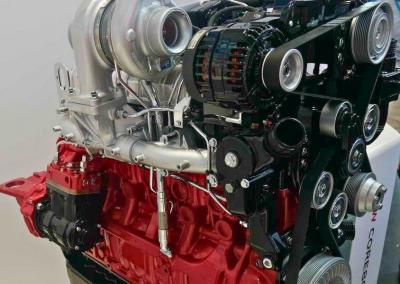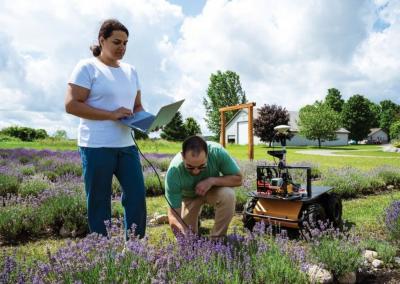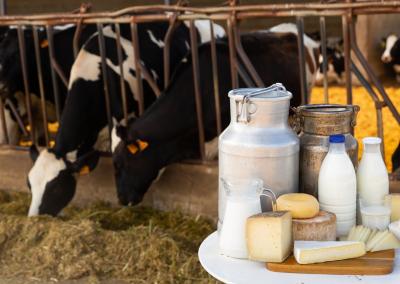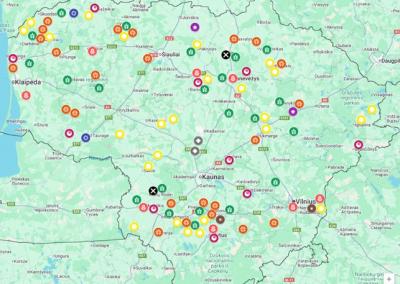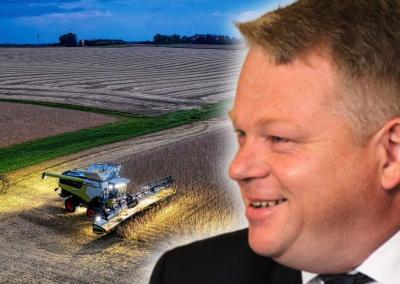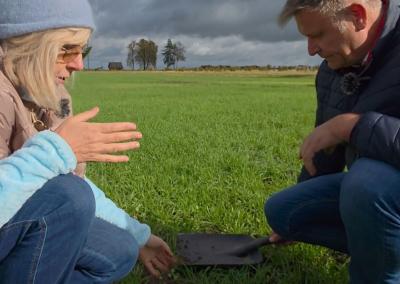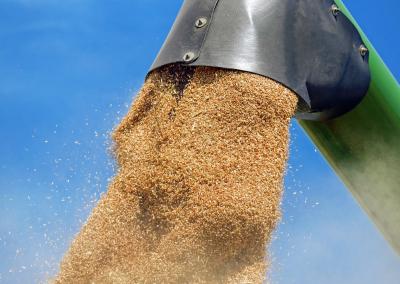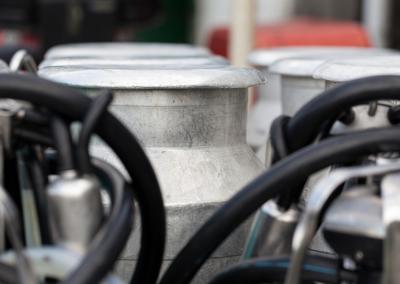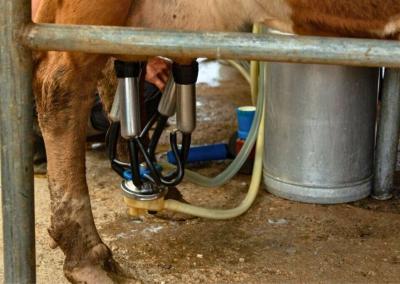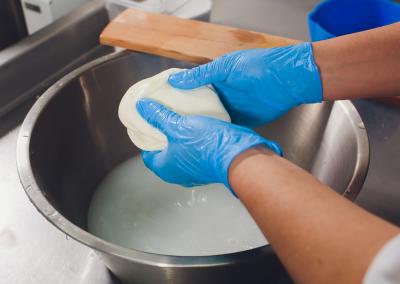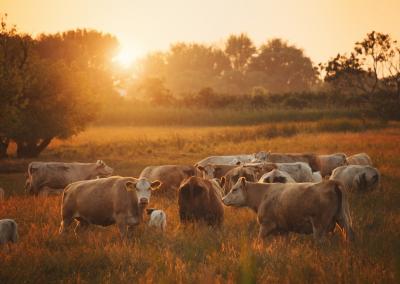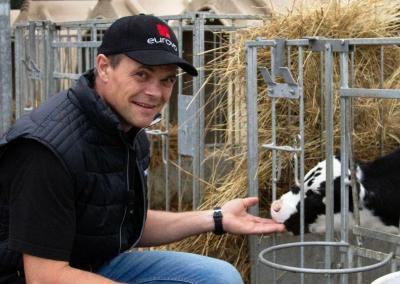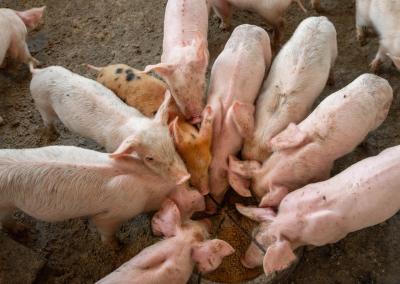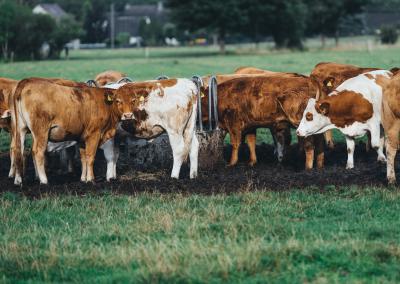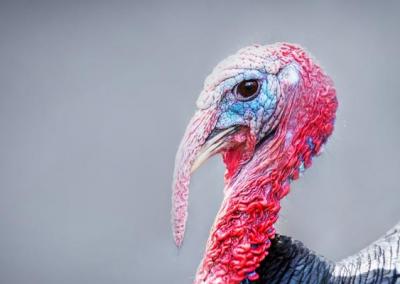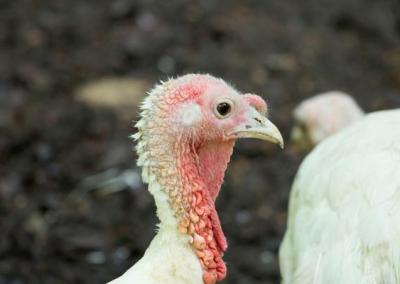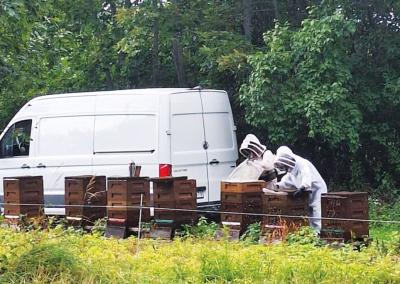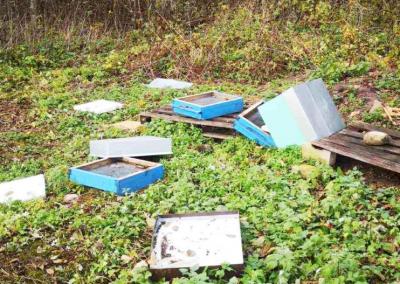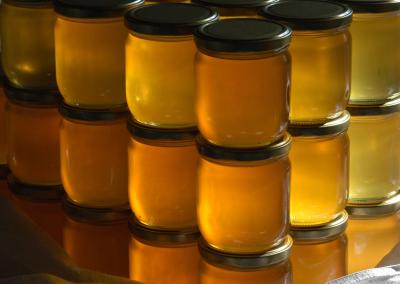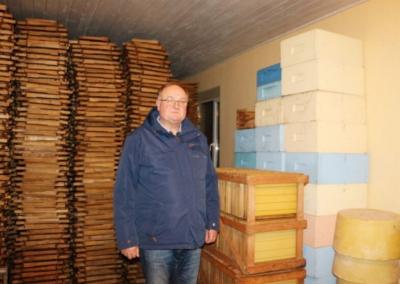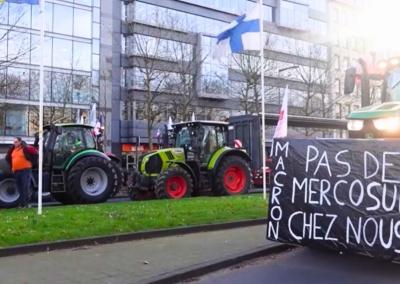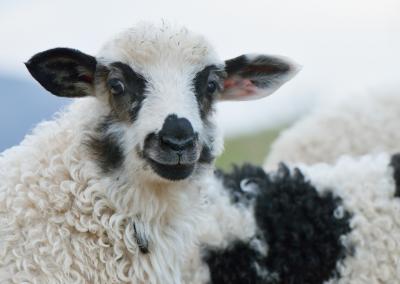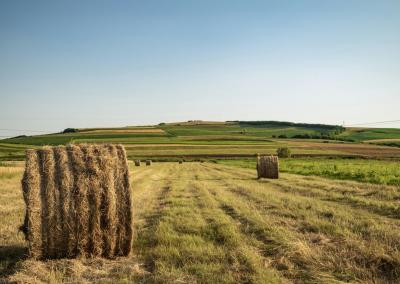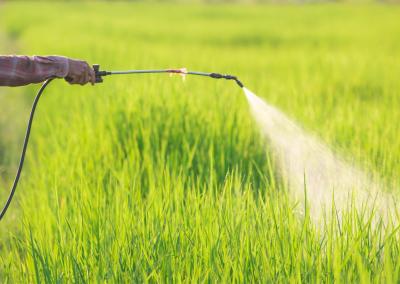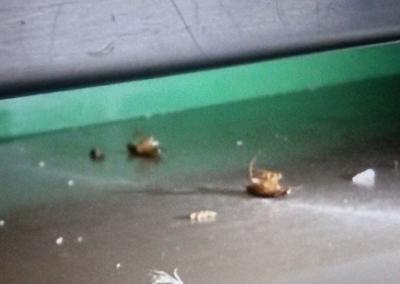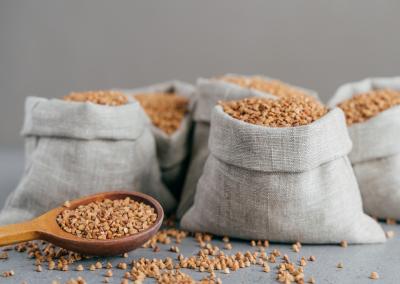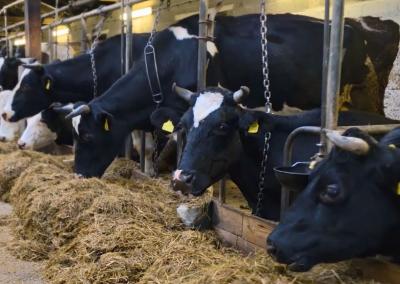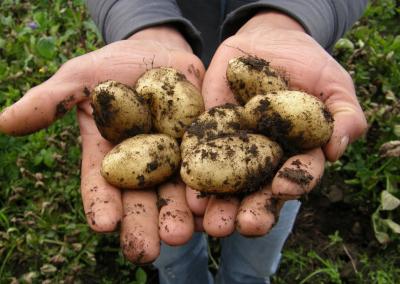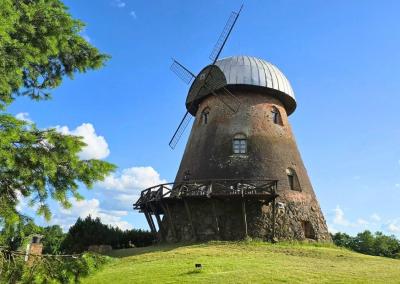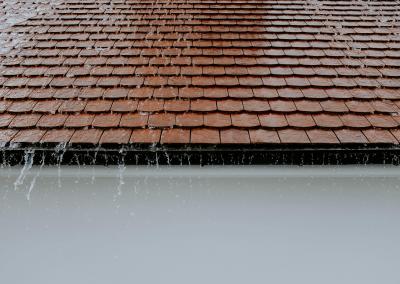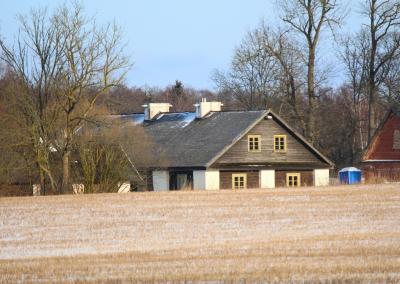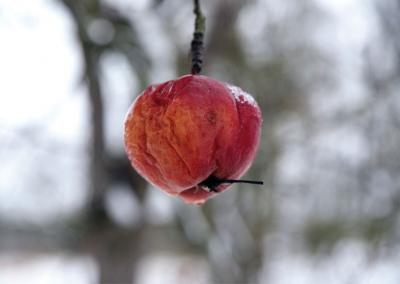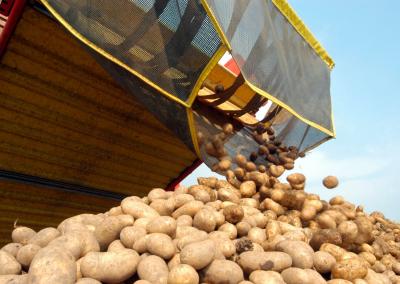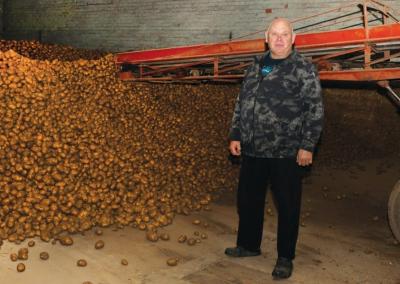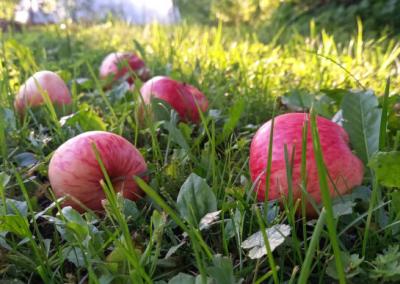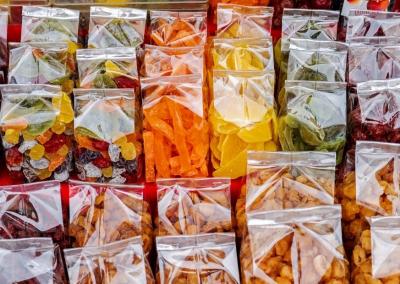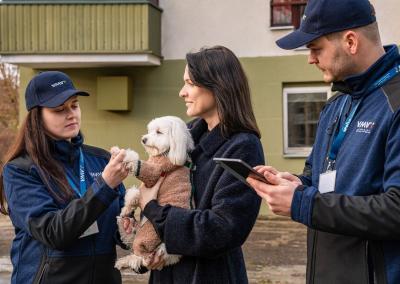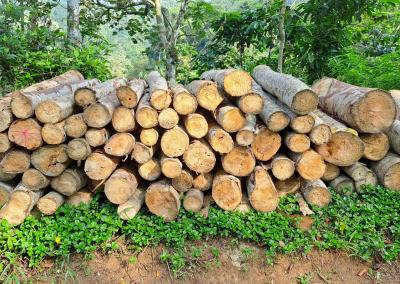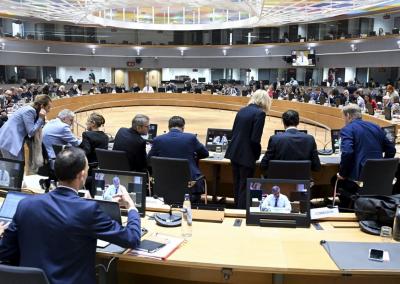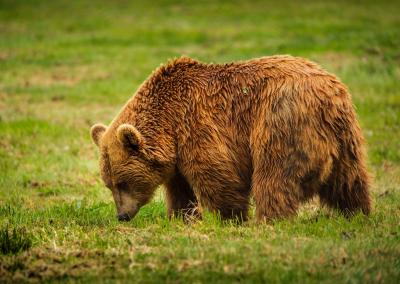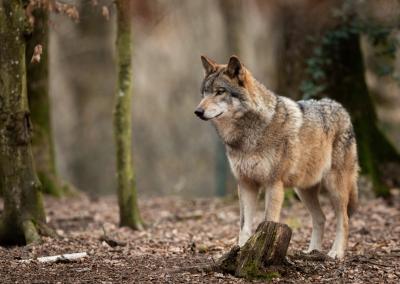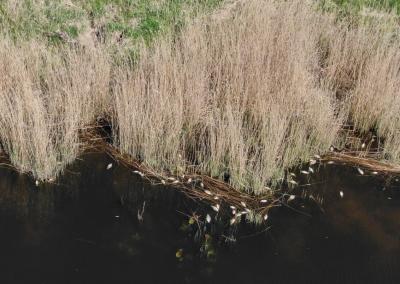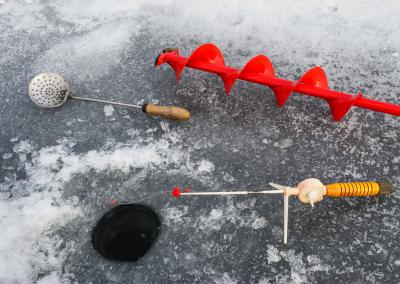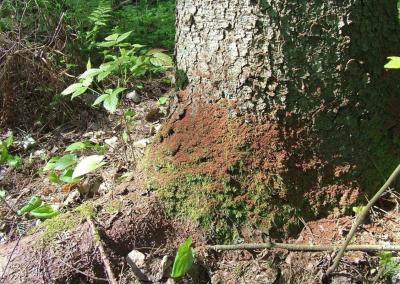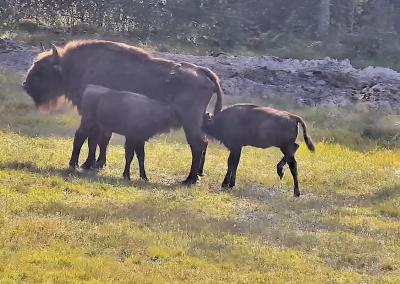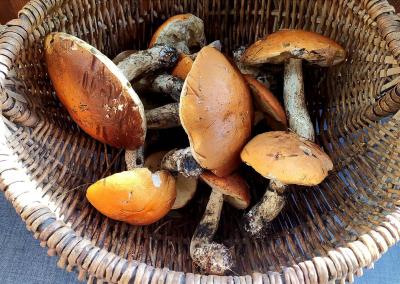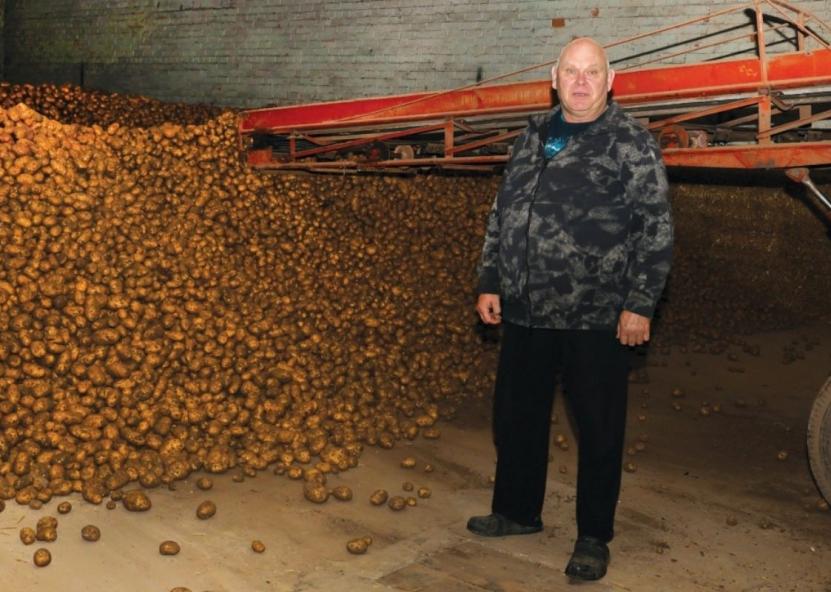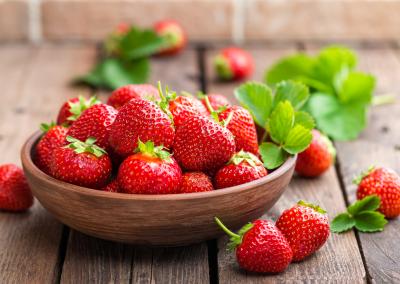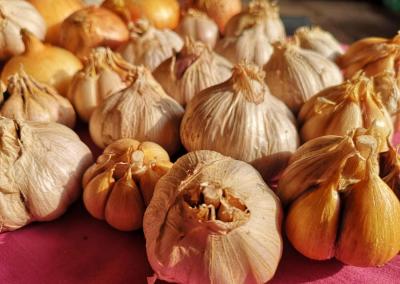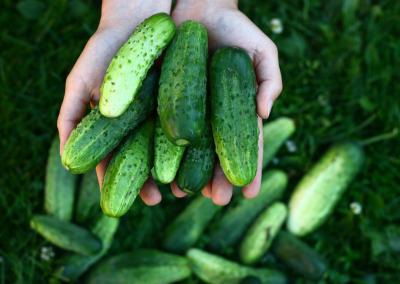Wet summer adjusts potato yield and price
Lithuania produces more than 300,000 tonnes of potatoes every year, mostly of medium-early and late varieties. Traditionally, the country's farmers not only supply the local market with potatoes, but also export some of them. However, this year's harvest is significantly lower than last year's due to a very rainy summer.
Lower yield
– As with everyone, so with me, – says the farmer, as he guides me around the potato storage facility in Krikliniai.
At first glance, the potatoes seem plentiful, but in previous years there were almost twice as many, says Gegiecko.
– In a good year, depending on the variety, potatoes can yield up to 60 tonnes per hectare. This year, the yield is more than a third lower. Last year we were harvesting nine to ten trailers a day, this year at best, – five or six. So not only are there fewer potatoes, but the digging itself is slower," says the farmer.
Summer – stressful for both farmers and crops
Vaiducis and Lina's farm grows four varieties of potatoes: early „Vineta“, „Queen Anna“ and medium „Melody“ and „Camelia“.
– This year the best performing and most prolific yielder was „Camelia“. „Queen Anna“ yields – average, while „Vineta“ and „Melody“ have a lot of potatoes, but the tubers are small, – says V. Gegieckas.
According to the farmer, the poorer yields were due to the rainy weather throughout the summer.– Too much of something is bad. The endless rain was stressful for the plants and for us. After the potatoes were planted, when it was time to form the furrows, the rains started. You come to the field, you do a bit of work – and you have to go back because it is wet. Because I'm doing it alone, it took longer. The furrow shaping, where the planted potato is lifted about 7–8 centimetres from the bottom of the furrow, together with the soil in which it grows, has saved me from major damage. There were places where the water stayed in the furrows for almost the whole summer," says the farmer.
Harvesting was not easy either – the dry but previously waterlogged soil formed clods that slowed down potato digging considerably.Expectations of price increases
During our stay, several people were working in the potato storage area, helping the Gegieckas sort potatoes. Extra hands are needed when a larger order comes in, but the farmers manage the day-to-day work themselves.
They sell some of the potatoes they grow locally to customers who come to the warehouse, and some are transported to the big cities.
– We sell from the warehouse for about 50 cents per kilo. Wholesale buyers pay around 30 cents. Last year it was about ten cents less. Because the harvest is small this year, prices are higher. Only the big supermarkets are cheaper, but they are dumping – artificially lowering prices. No Lithuanian farmer sells to them for that much," says Gegieckas.
The farmer said that this year the usual potato sales route to Kaunas and Utena – has not yet started.
– I will be going for the first time this year only this week. I am in no hurry. Like many potato growers, we are waiting for the new year – prices always go up after the holidays. With only half of the planned harvest in Lithuania this year, and with the potatoes in Poland overheating, I think prices are bound to go up," muses Vaidutis Gegieckas.


